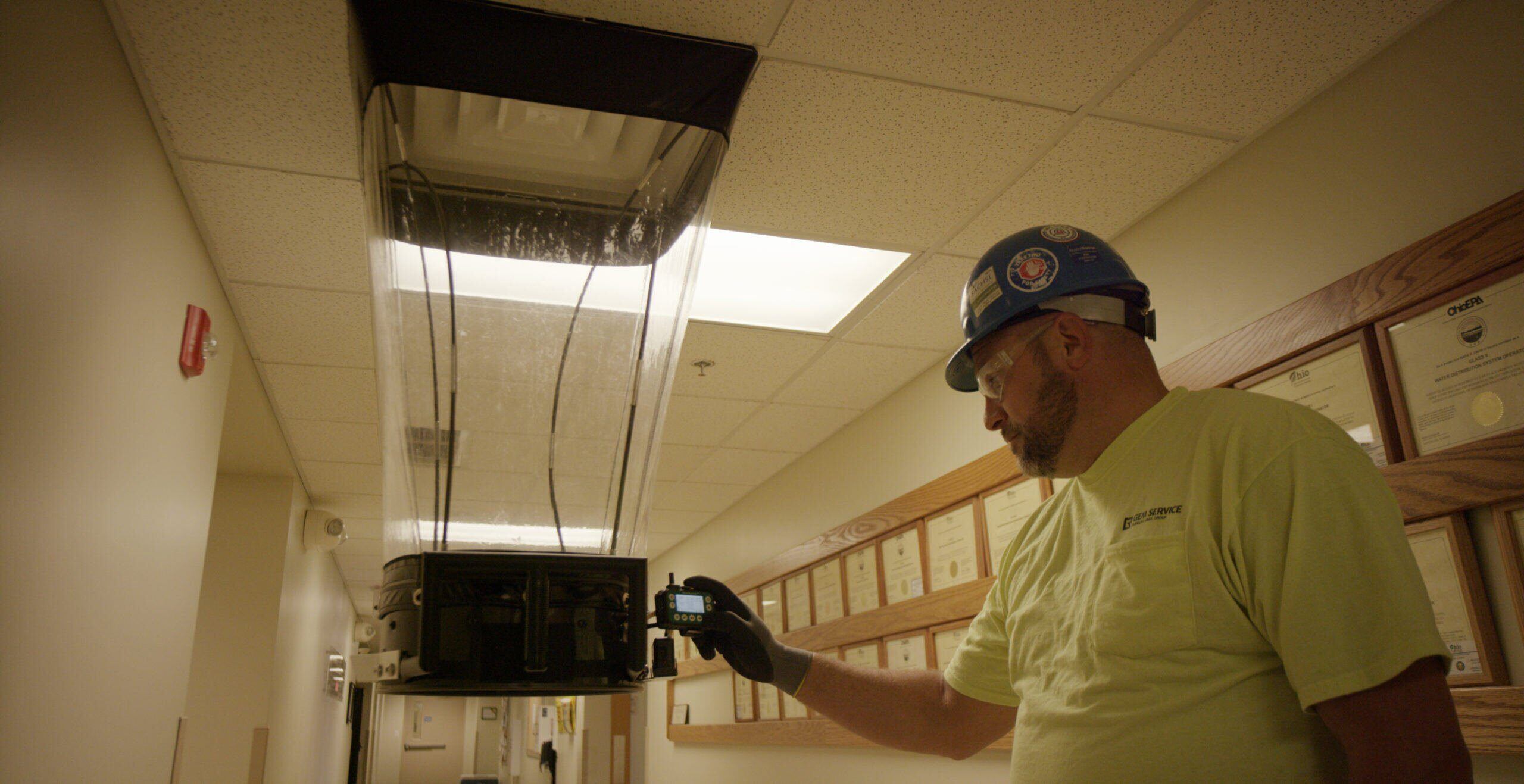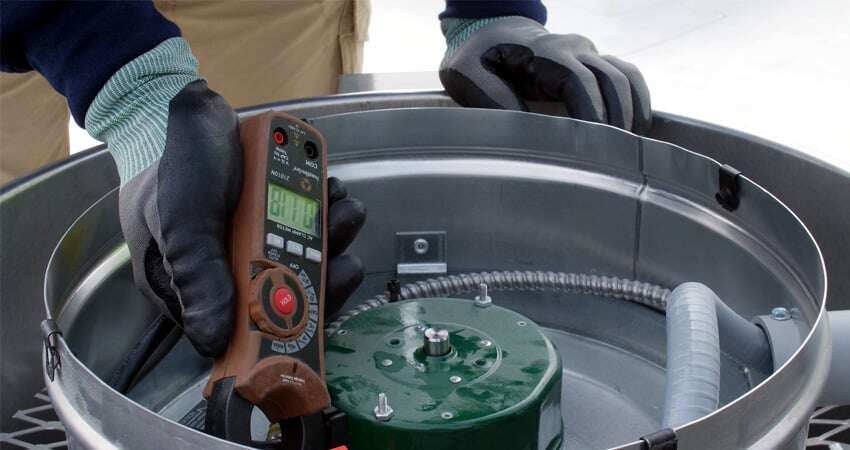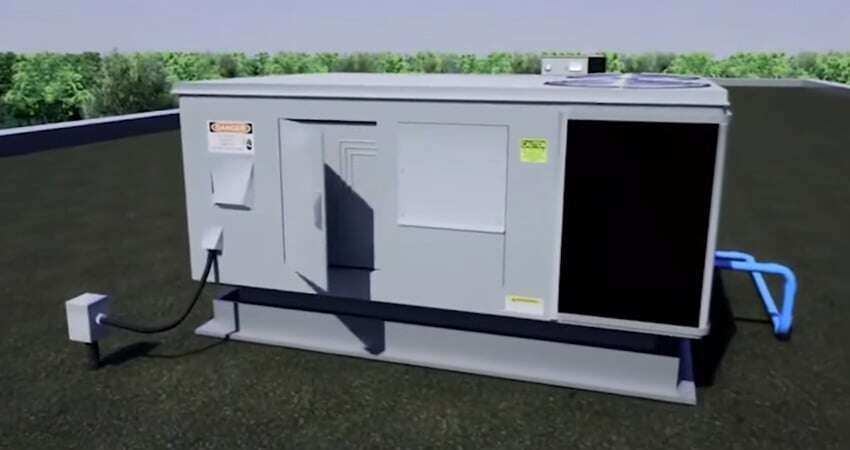What’s Your Building’s IAQ (Indoor Air Quality)?
Steps to Keep Your Facility Healthy for all Occupants Taking steps to evaluate and improve your building’s...

In our part of the country, winter means even worse indoor air quality (IAQ) than usual. While indoor air is almost always more polluted than outdoor air, it gets even worse in the winter, when buildings are sealed, heated and humidified – all of which worsens indoor air quality. With minimal outside air to dilute emissions from HVAC systems, furnishings, and chemicals, your building’s occupants end up breathing dirty air all winter long.
Taking steps to evaluate and improve your building’s indoor air quality is an important reassurance to your employees and other occupants of a safe and healthy facility.
All of these situations point to the need for an Indoor Air Quality Assessment, to identify potential issues with your HVAC system.
The American Society of Heating, Refrigeration, and Air Conditioning Engineers (ASHRAE) recommends that building owners take steps to improve the IAQ of their facilities. These steps include:
ASHRAE also recommends setting the building’s HVAC system to flush total air volumes in occupied spaces to reduce airborne infectious particles by 95%. For many areas this would mean cycling 3X the space volume of the interior space with outside air. This step also provides the added benefit of removing carbon dioxide and volatile organic compounds (VOCs) from the workspace.
In addition to these precautions, the overall quality of your building’s indoor air spaces directly impacts the health, safety, and productivity of anyone in your facility:
Other factors contribute to poor IAQ, such as low/high humidity, poor air circulation, and air spaces that won’t stay warm in winter or cool in summer. Bottom-line consequences linked to poor IAQ could also lead to higher disability insurance and liability claims.
These issues make awareness of your building’s IAQ an important new concern. Partnering with a knowledgeable team of IAQ specialists is an important first step to mitigating these risks.
GEM Service has a team of certified, experienced IAQ technicians with the skill and knowledge required to inspect and evaluate your building’s indoor air spaces, detect potential air quality issues, and remediate these issues to measurably improve your building’s air quality.
The GEM Service IAQ Assessment and Remediation Team is specially trained to inspect all areas of your building, to detect areas of concern in all interior air spaces. Certified by the International Certification Board, GEM Service’s IAQ technicians are equipped to accurately detect levels of all types of air contaminants including molds, dust, formaldehyde, organic and inorganic particles, as well as evaluate air quality and circulation throughout your facility.
If problems are detected, GEM Service can make the necessary repairs and/or perform the maintenance required to remediate these issues, to eliminate the source of your building’s indoor air contamination.
For more information about Indoor Air Quality:
Source: ASHRAE Building Readiness Guide, pages 17, 24
To talk with an IAQ expert:

Steps to Keep Your Facility Healthy for all Occupants Taking steps to evaluate and improve your building’s...

4 Important HVAC Maintenance Steps If you’ve been putting off building improvements, especially HVAC and those related...

Air quality plays a significant role in promoting a clean, safe building environment